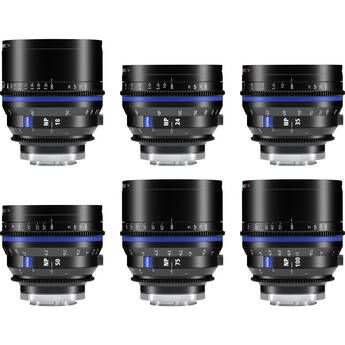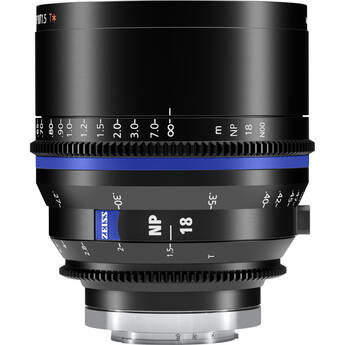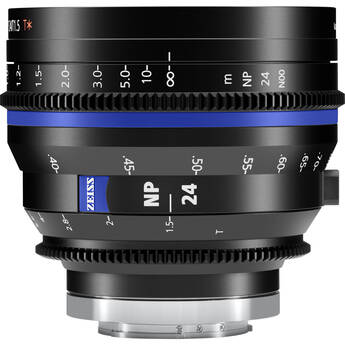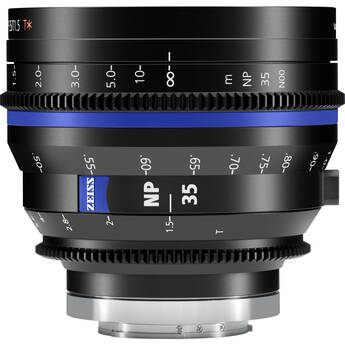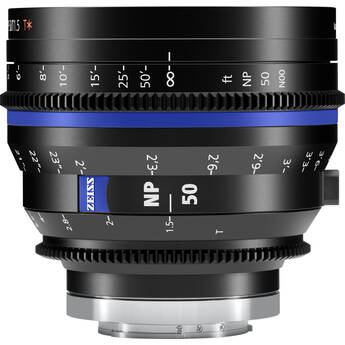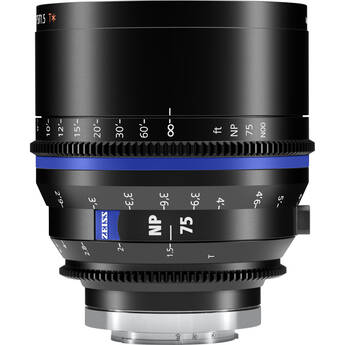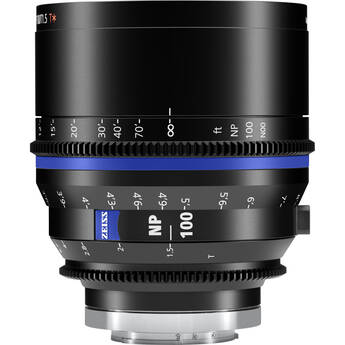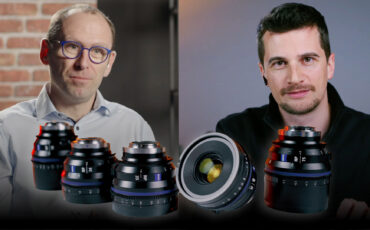ZEISS Nano Primes Review – Supreme Look for the Rest of Us?
ZEISS just introduced the Nano Primes (launch article here) – an entirely new family of super fast cinema prime lenses, specifically designed for mirrorless mounts. Here’s my first look ZEISS Nano Primes review.
Quite a while ago, when DSLR filmmaking took over, ZEISS introduced the CP.2 series, the first line of cinema lenses that was really targeted at DSLR filmmakers. I bought a set and it has served me well for many years, using it with all kinds of cameras, even when I switched from Canon to Sony many years ago. What’s amazing is that you can adapt these lenses to all kinds of mounts, and you can do it yourself, which means almost endless versatility. They also cover full-frame camera sensors from the get-go, which is not true with most higher-end cinema primes.
ZEISS CP.2’s and CP.3’s were designed over a long period of time – and look less consistent
The CP.2s and also their successors, the CP.3’s, are amazing lenses in their own right. Yet, as always, there are some caveats: Many of the ten different Compact Prime focal lengths are still based on older lens designs, mostly made for photography lenses, and they were not all designed at the same time – which means, looking at the entire line of lenses, their look is not entirely consistent.
Secondly, having the ability to adapt these lenses to older, long flange-distance mounts like PL and EF as well as modern mirrorless mounts like E-mount means that for many focal lengths, a long tube has to be added to the mirrorless mount to get to the needed flange distance.
The Art & Science of Lenses
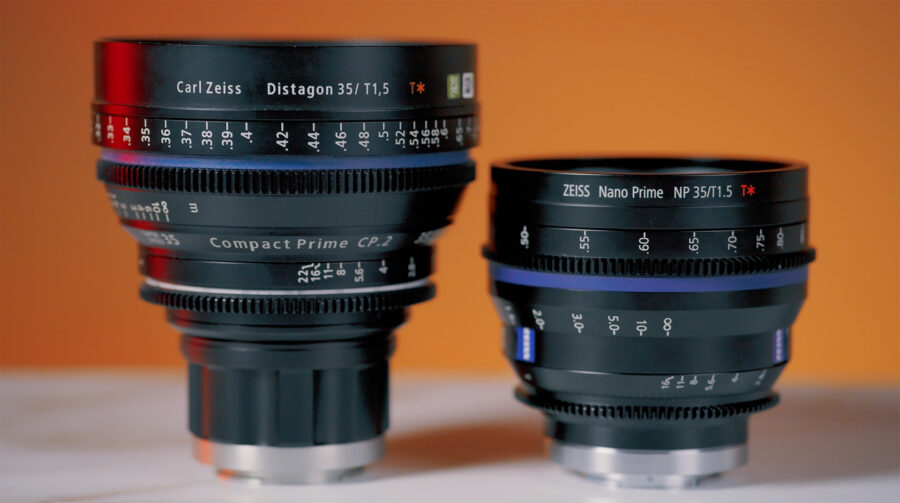
Last but not least, this mount versatility also means that the lenses can’t all be super fast because of the light loss involved with the needed construction of such long mounts.
ZEISS Nano Primes: 6 new lenses, universal T1.5 aperture, small, consistent look, entirely new design
ZEISS decided to tackle these three problems all at once by developing an entirely new line of cinema primes. And here they are: the ZEISS Nano Primes.
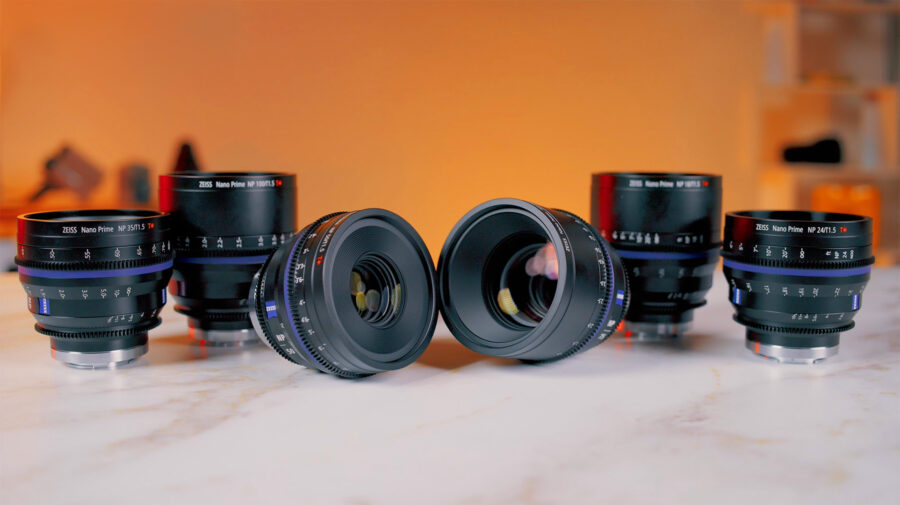
What you can see immediately is their resemblance to the CP.2 and CP.3 line of lenses. When we received the Nano Primes, I didn’t immediately realize that they are quite a bit smaller, but you can see this clearly when you place them next to a CP.2 especially.
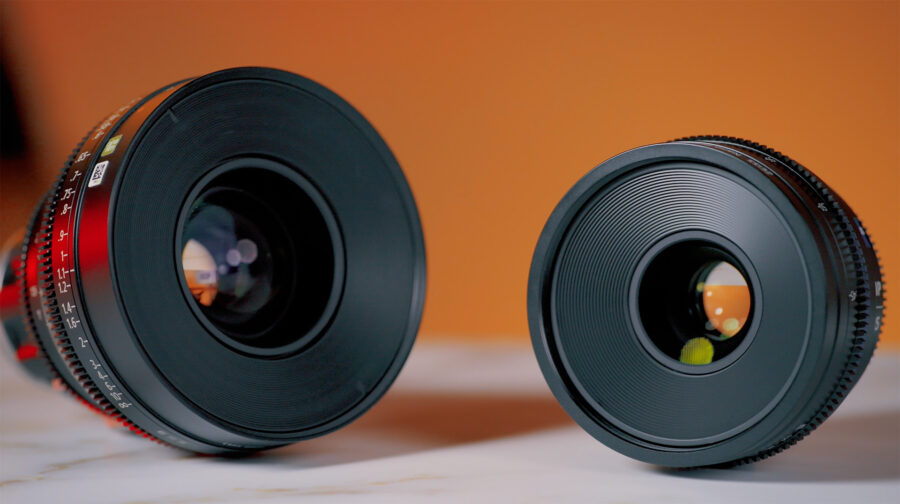
Now, here’s what’s amazing: ZEISS launched six focal lengths of the Nano Primes at the same time, 18mm, 24mm, 35mm, 50mm, 75mm, and 100mm, and all of them have a very fast maximum aperture of T1.5. That’s especially impressive for wide-angle and telephoto lenses, and of course, to have this consistency is extremely useful when working on sets. Having the ability to isolate subjects and objects even with a wide-angle lens like the 18 or 24mm is very useful in everyday shooting scenarios, I can’t emphasize this enough.
Look of the ZEISS Nano Primes: Crisp focus, yet creamy bokeh
Now let’s talk about the look – of course, this is subjective, but ZEISS is known to design optically perfect lenses, favoring sharpness and clarity. In the past, some of their lenses could be seen as a bit “clinical” in their look for that reason, especially when comparing them to some more “dreamy” or vintage-looking lenses, for example, the typical “Cooke look”. With their more recent Supreme Primes which are targeted at high-end productions, ZEISS introduced a more creamy and warmer bokeh while not sacrificing any of the sharpness, which became extremely successful. And when looking at some test footage that I shot with the new Nano Primes, I think they did a great job replicating that look with this less expensive range of lenses. They really look like they could be very complimentary to Supreme Primes in a lot of ways, or even be used instead of them in lower-budget productions. I like the fact that for once, we are not seeing another set of cinema lenses that deliver a vintage-look, like we’ve seen so many times over the last few years from various manufacturers. ZEISS is still about optical perfection, giving you an image you can tweak in post if you need to, while now already delivering a very cinematic and soft bokeh that takes away the digital edge from many modern cinema cameras.
Technical performance of the ZEISS Nano Primes: bokeh look, sharpness, focus breathing, chromatic aberration
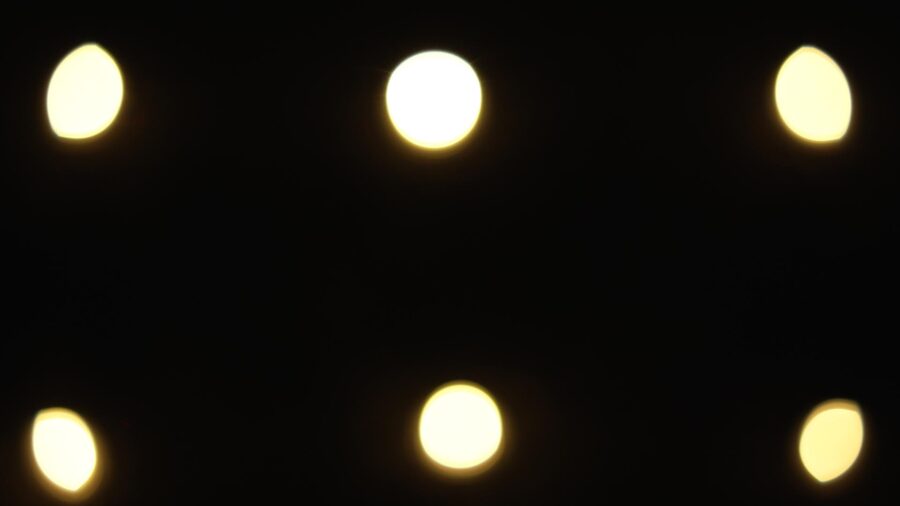
Zeiss Nano Prime 100mm bokeh. Image credit: CineD 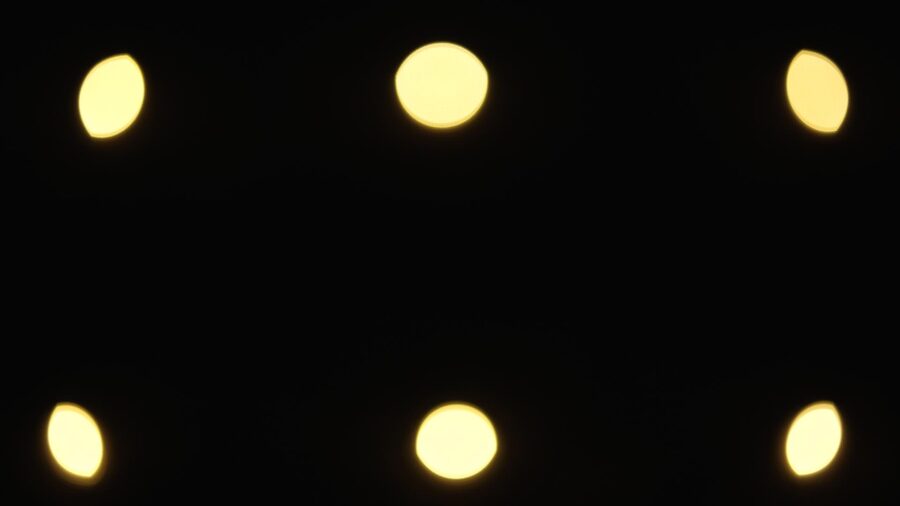
Zeiss Nano Prime 75mm bokeh. Image credit: CineD 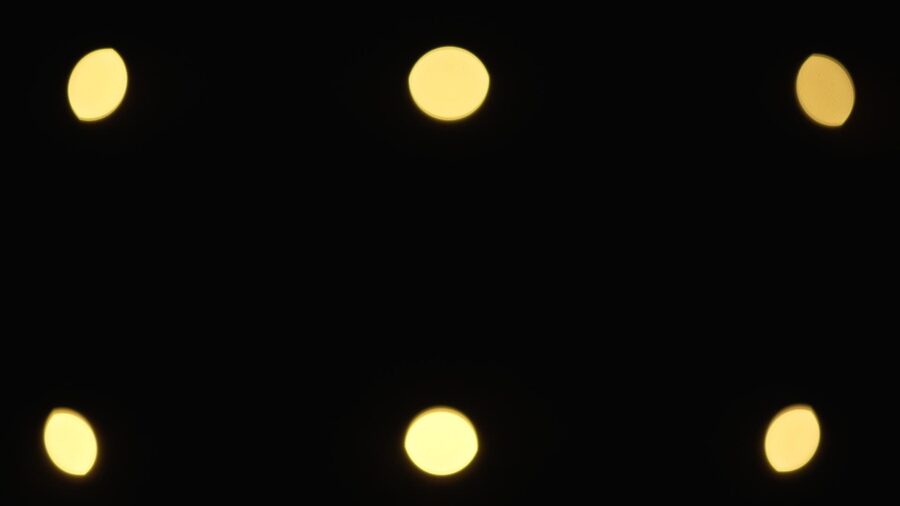
Zeiss Nano Prime 50mm bokeh. Image credit: CineD 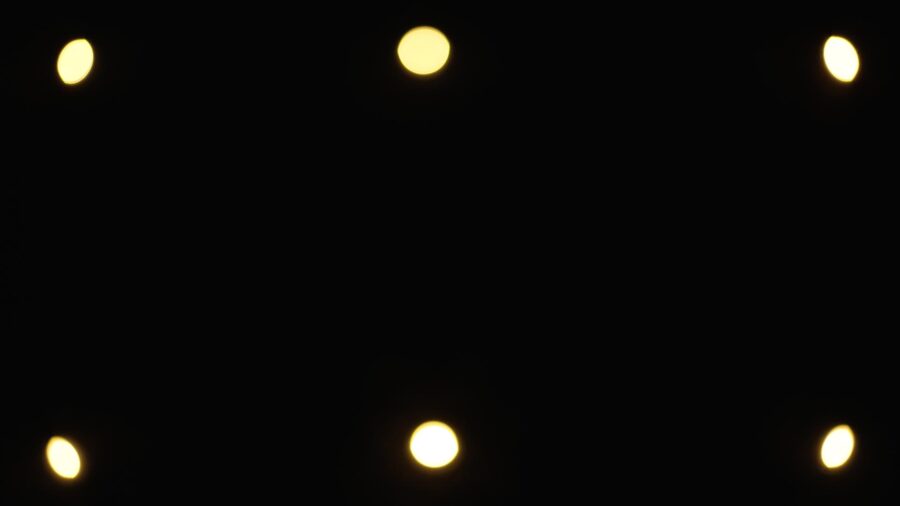
Zeiss Nano Prime 35mm bokeh. Image credit: CineD 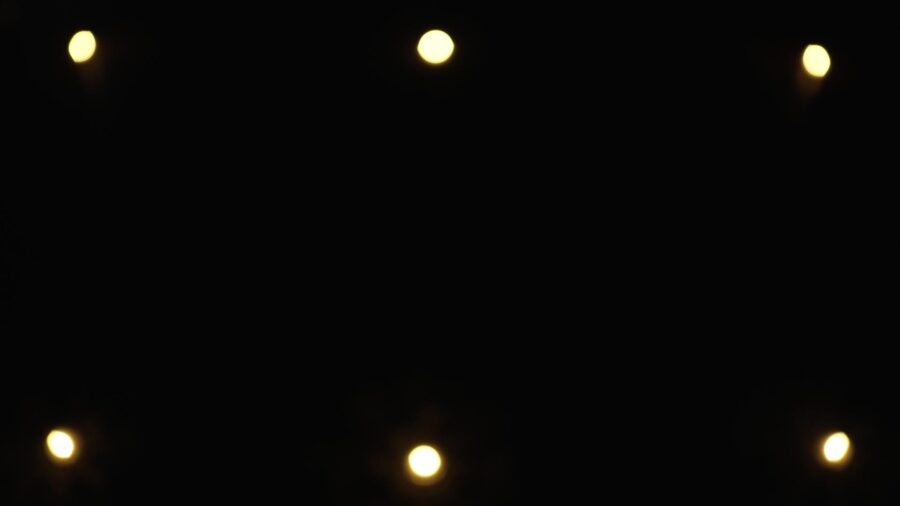
Zeiss Nano Prime 24mm bokeh. Image credit: CineD 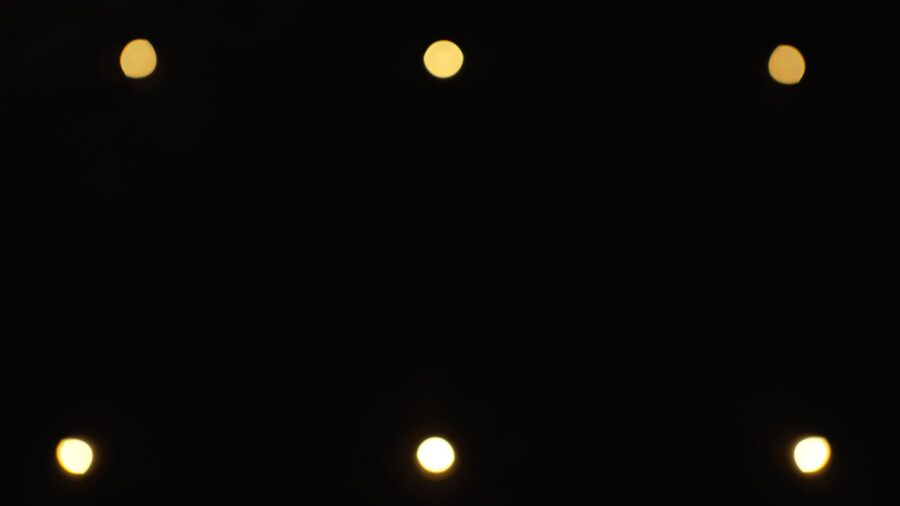
Zeiss Nano Prime 18mm bokeh. Image credit: CineD
Let’s take a look at the technical performance of the Nano Primes. We looked at sharpness, focus breathing, and chromatic aberration. You can find the details of our technical tests in my review article on CineD linked below, but let me just state here, that the results are overall extremely impressive. Even at T1.5, all of the lenses deliver very sharp images, even in the edges.
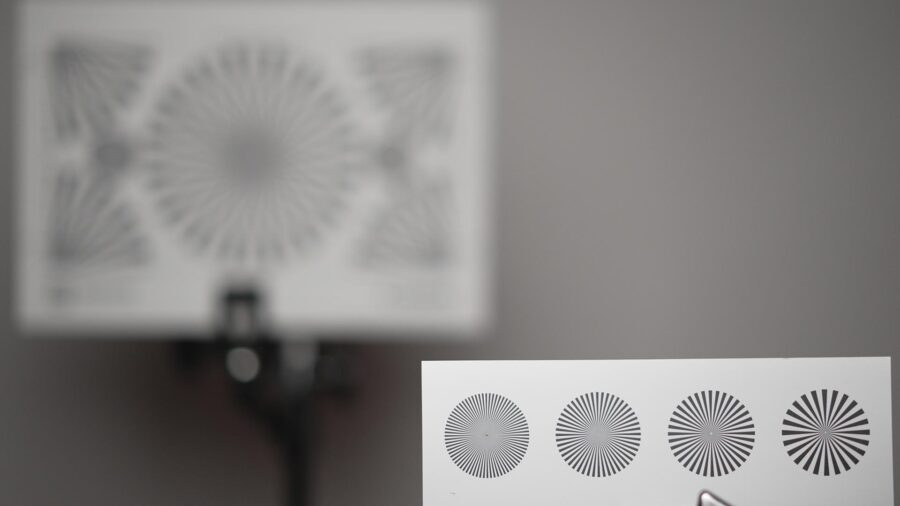
Nano Prime 100mm focus breathing close. Image credit: CineD 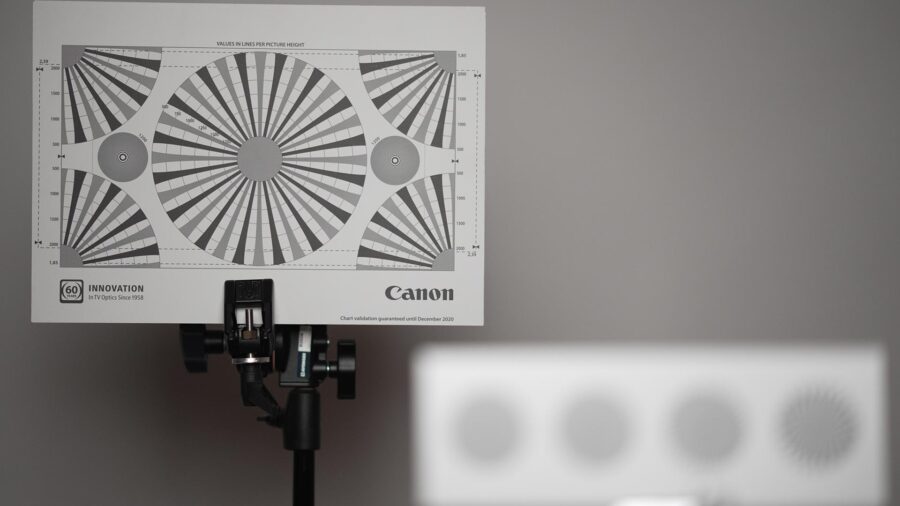
Nano Prime 100mm focus breathing far. Image credit: CineD
Focus breathing is very controlled, even with the 100mm lens. It’s very hard to find weaknesses in these technical tests with the ZEISS Nano Primes, but if you force me to, it’s probably the 24mm lens that features slightly inferior corner sharpness and a little more focus breathing compared to the other lenses in the set. Yet its performance is still very, very good, it’s only when compared to the others that you can see a slight difference, which is completely negligible in everyday shooting scenarios.
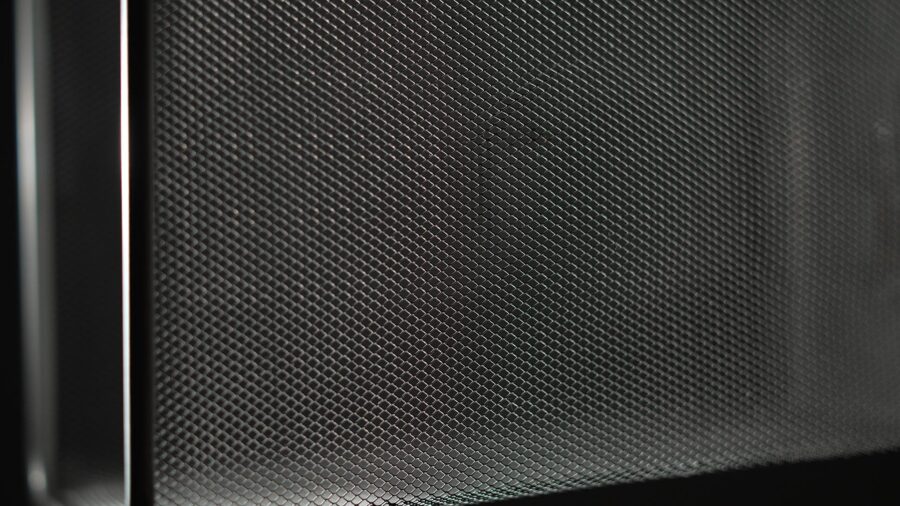
Nano Prime 100mm Chromatic Aberration. Image credit: CineD 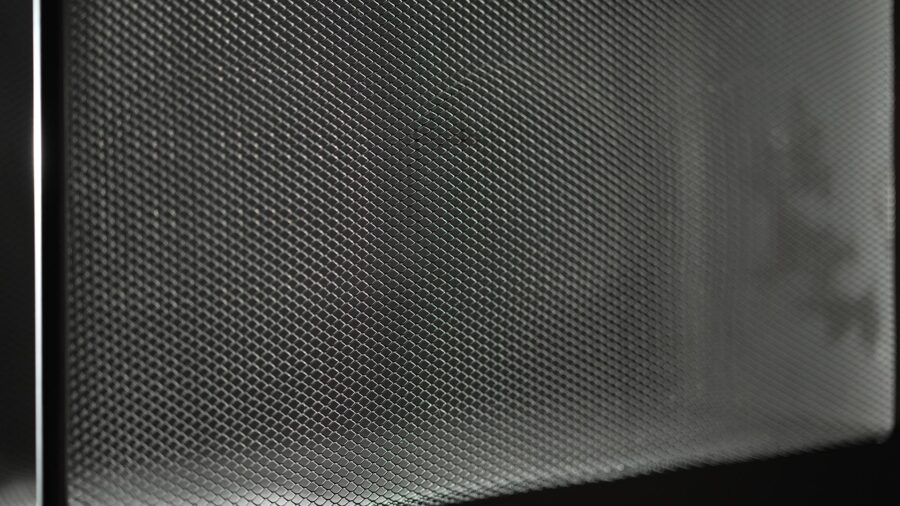
Nano Prime 75mm Chromatic Aberration. Image credit: CineD 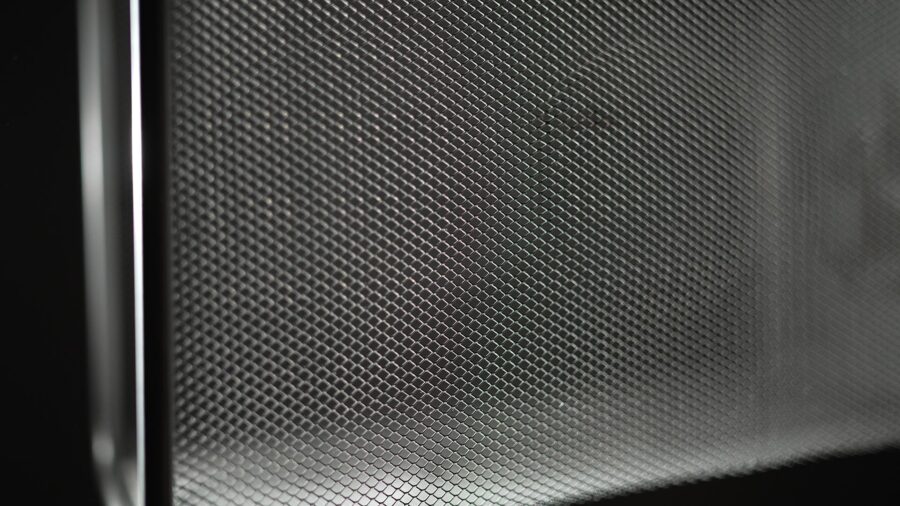
Nano Prime 50mm Chromatic Aberration. Image credit: CineD 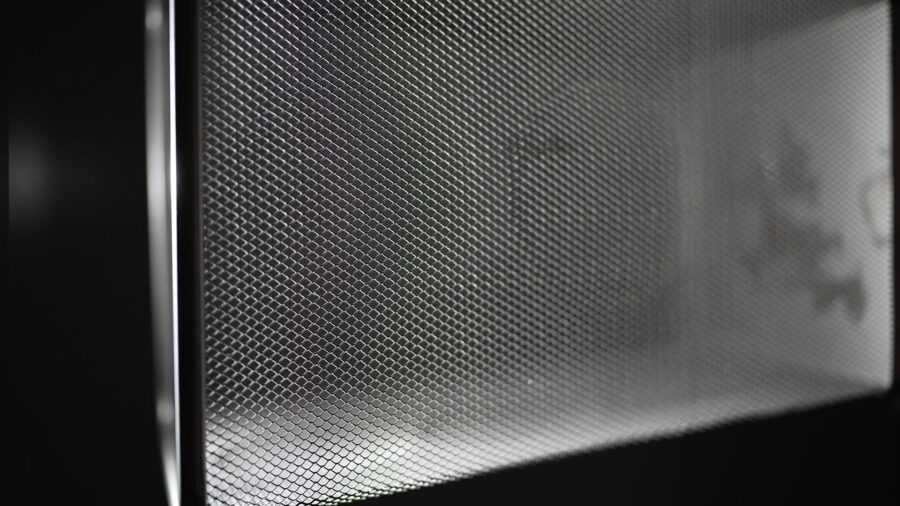
Nano Prime 35mm Chromatic Aberration. Image credit: CineD 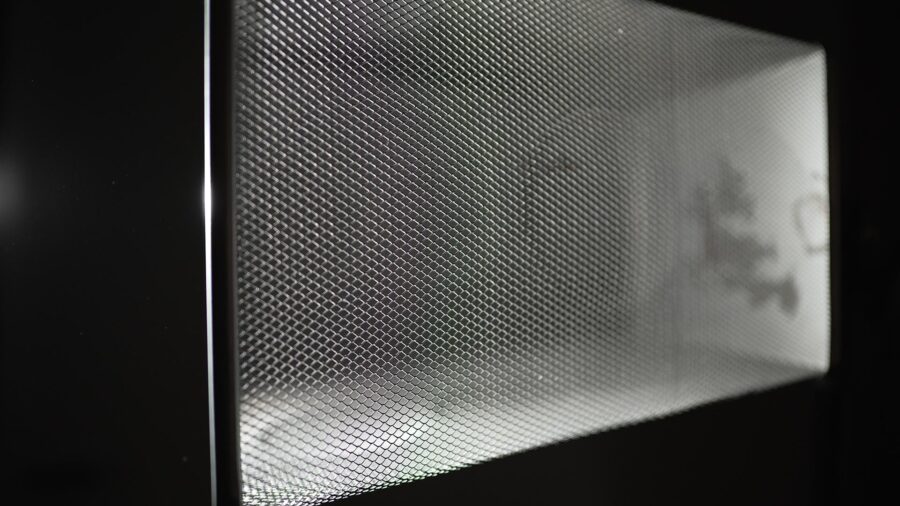
Nano Prime 24mm Chromatic Aberration. Image credit: CineD 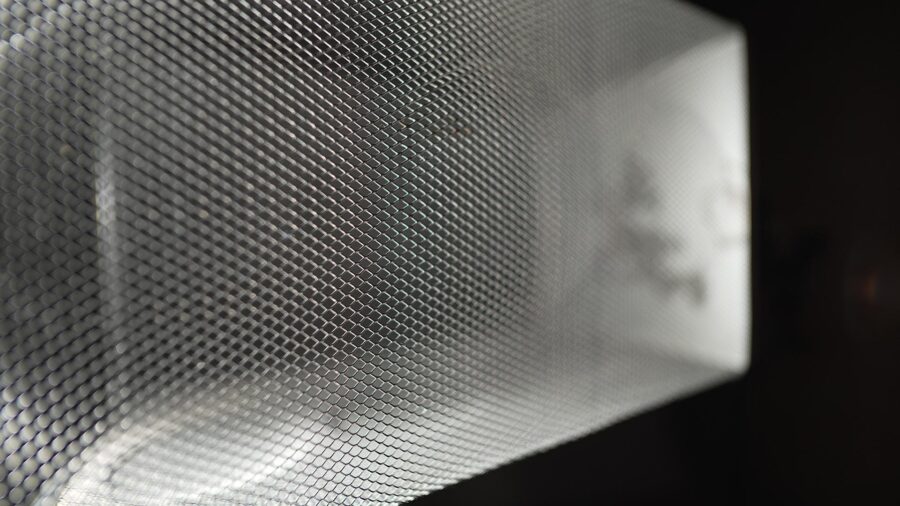
Nano Prime 18mm Chromatic Aberration. Image credit: CineD
The look of the lenses, both in the real-life test shots as well as in the technical tests – is also proven to be very consistent now. You can tell that these six lenses were designed at the same time: bokeh, out-of-focus highlights, sharpness, chromatic aberration behavior, you name it – they all look very much the same with all of these lenses. As Christophe Casaneve from ZEISS pointed out in our interview (watch it here), ZEISS also had access to much more modern, fully digitized design processes now, which allows them to fully design lenses on the computer before they put them into reality. The full, very insightful interview is embedded below, in case you want to know more about the work that went on behind the scenes to create these lenses:
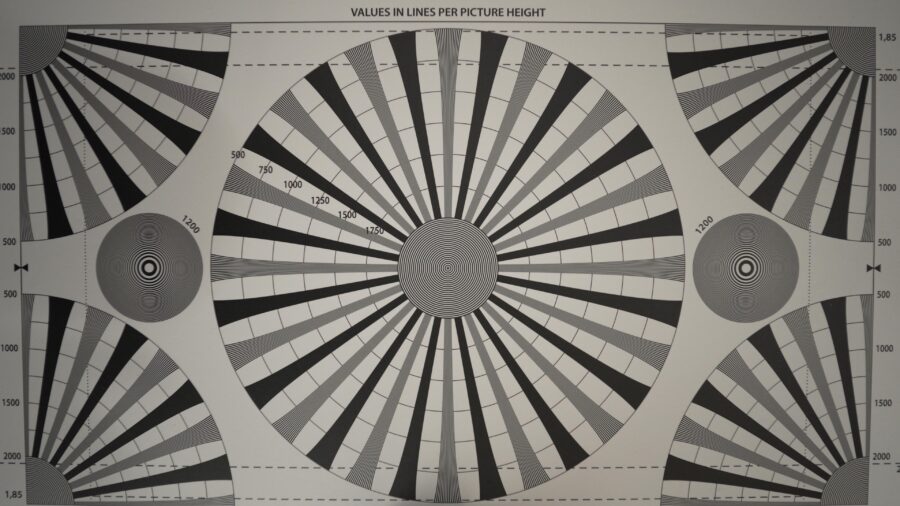
Nano Prime 18mm T1.5. Image credit: CineD 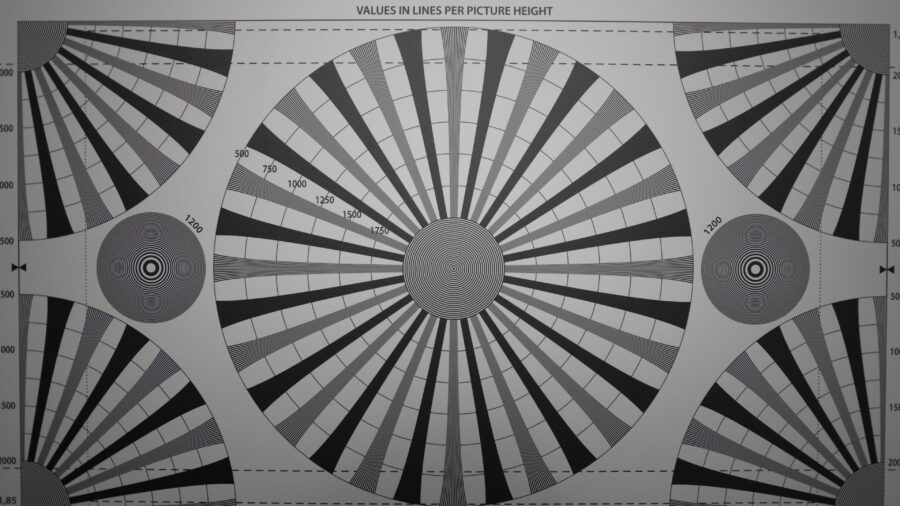
Nano Prime 24mm T1.5. Image credit: CineD 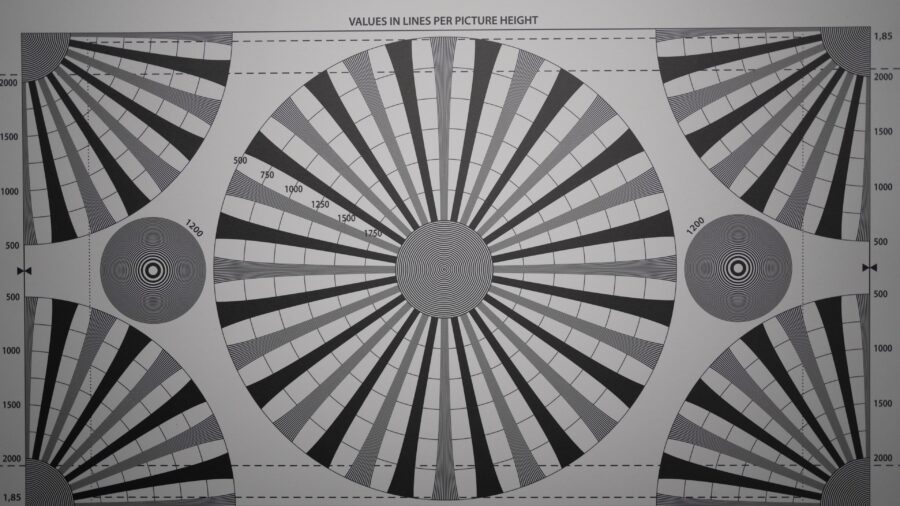
Nano Prime 35mm T1.5. Image credit: CineD 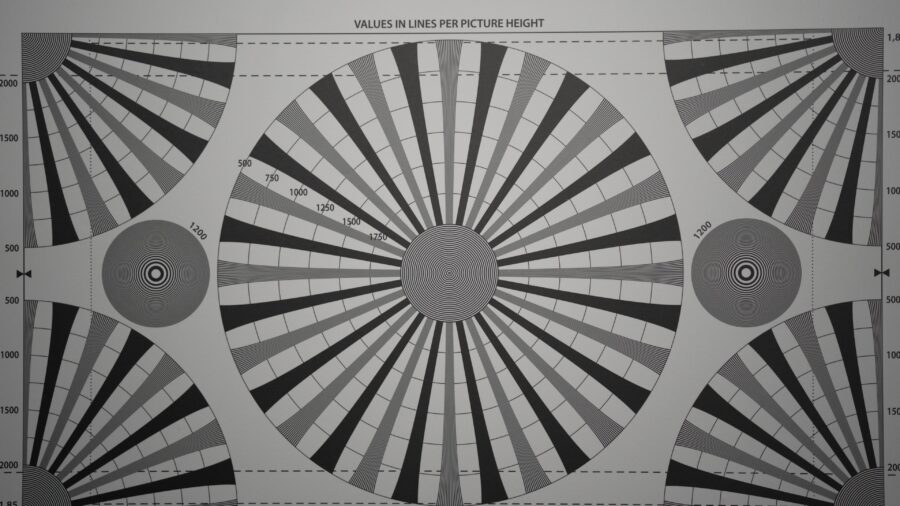
Nano Prime 50mm T1.5. Image credit: CineD 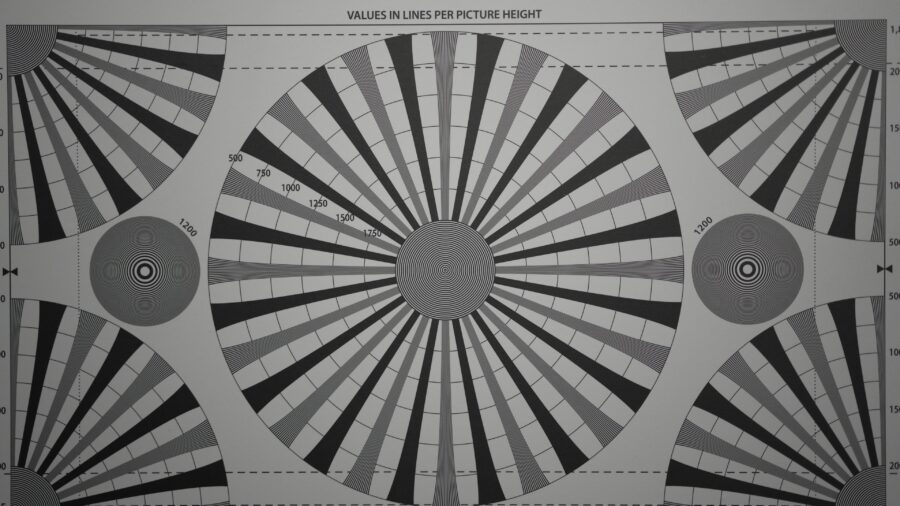
Nano Prime 75mm T1.5. Image credit: CineD 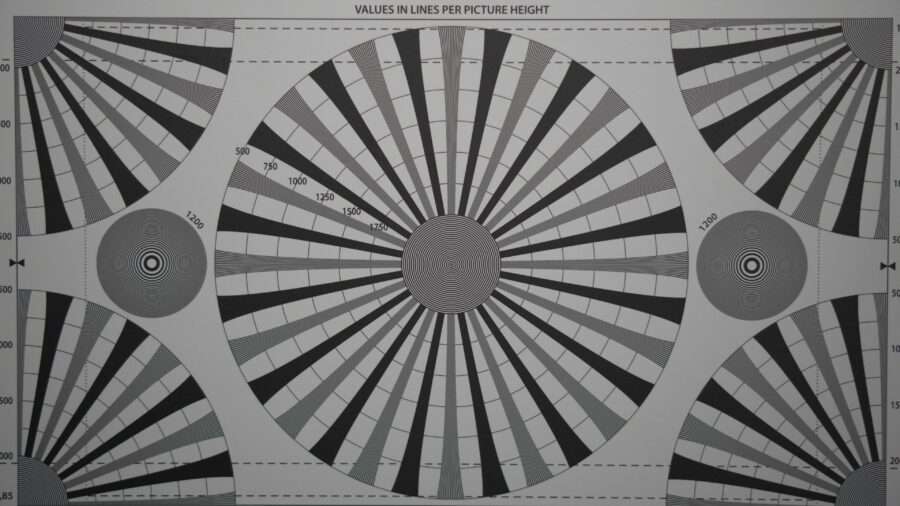
Nano Prime 100mm T1.5. Image credit: CineD
For a lot more technical details about the ZEISS Nano Primes, head over to our Lens Database where we already added all the focal lengths:

Close focusing distance, build quality of Nano Primes
Close focusing distance of all of the lenses is very good – they are definitely not macro lenses, but the close focus is better than what you would expect with most of the focal lengths. In the Compact Primes lineup, ZEISS added macro versions of the 50 and 100mm lenses, maybe these will be added at some point to the Nano Primes, too.
Build quality is exceptional as you might expect from ZEISS, the weight is comparatively light but similar to most Compact Primes, but none of the six focal lengths of the Nano Primes is exceptionally heavy. Focus and aperture barrel movements are smooth and the resistance feels right. With the CP.2’s it was a bit too strong at times, something which ZEISS fixed on the CP.3’s, and with the Nano Primes, it’s just as smooth. Focus rotation is 280 degrees from macro to infinity and 90 degrees for iris on all of the lenses.
E-Mount, future mounts (speculation), and electronic connection
Let’s talk about mounts again: At the time of the launch, the ZEISS Nano Primes were only available with E-mount. What’s great is while these lenses are, of course, fully manual lenses, the lenses still transfer lots of data back to the camera: not only aperture data and focus distance but also additional lens data for distortion and vignetting is available through the ZEISS CinCraft ecosystem for post-production purposes. That means, there will be no separate XD-version of the lenses needed like with the CP.3 lenses, they are perfect for VFX acquisition from the get-go.
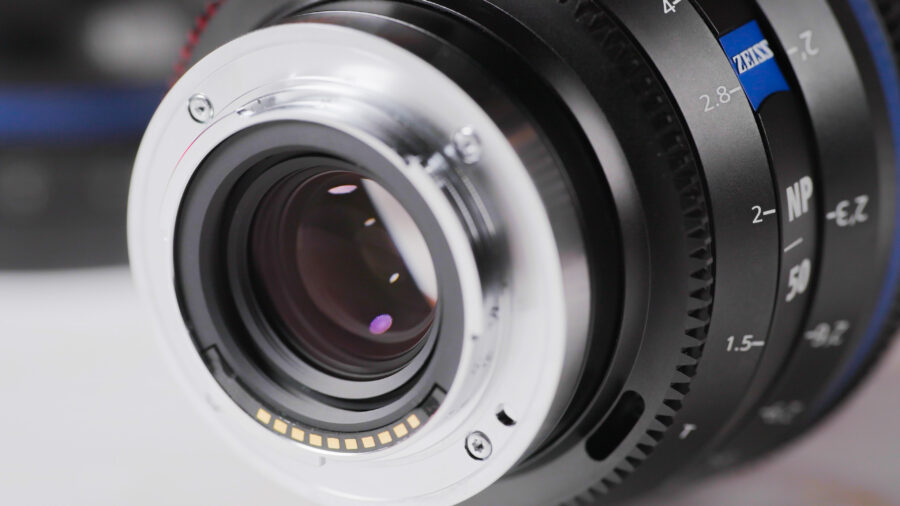
While they are only E-mount now, the mount is user-interchangeable and ZEISS already announced that other mirrorless mounts will be available in the near future. Which ones exactly they haven’t announced yet, but here’s hoping it’s going to be L-mount, RF-mount, and Z-mount, all of which weren’t available for the Compact Primes, to my knowledge.
We took off the E-mount to check how easy it is to swap the mounts once other mount options will be available, and were pleasantly surprised: It’s only four screws – there were a lot more on Compact Primes – and ZEISS uses Pogo pins for the electronic connection. There is no fiddling with cables or anything like that, so this should really be safe for an owner-operator to do, even if they are not trained lens technicians. Of course, the lenses mounts can be shimmed once that will be needed for upcoming mounts, to correct the back focus.
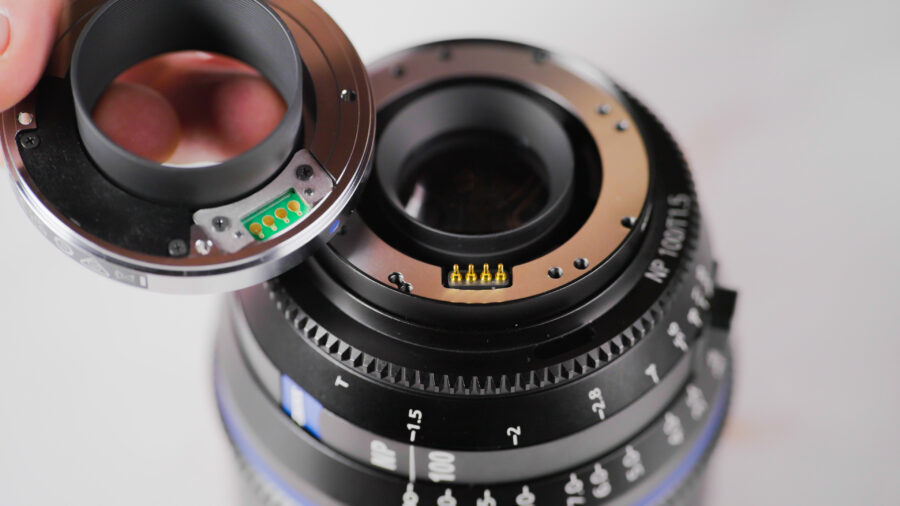
Now, let’s talk about the one obvious drawback of the Nano Primes compared to the Compact Primes: the inability to adapt these lenses to PL, EF, or any other longer-flange mounts. I have to admit, when I first heard that this wasn’t possible, I was surprised. But after hearing the advantages of this – faster T-stops, more consistency across the line, and smaller lenses, I quickly understood why this makes so much sense. And think about it: Even higher-end cameras like the Sony VENICE 2 or BURANO by now have an E-Mount, RED cameras feature an RF-Mount – maybe it’s just a matter of time until we have native mirrorless mounts on all high-end cameras with no need for PL anymore. The big downside of course: you cannot use adapters with mirrorless mounts because of their short flange distance, so the mount on the lens needs to be natively fitting to the camera mount. But I guess we can’t have it all…
Conclusion of ZEISS Nano Primes Review
If you are in the market for a set of consistently looking, tack-sharp, modern cinema primes with a pleasing bokeh, and if you’re predominantly shooting on Sony BURANO, VENICE or VENICE 2, FX9, FX6 or even FX3, look no further. The ZEISS Nano Primes are perfectly optimized for these cameras. And in the near future, they’ll also work on other cameras with mirrorless mounts. The ZEISS Nano Primes start shipping in May, and the set of six lenses will set you back 26,000 dollars or 23,000 Euros.
What do you think about the ZEISS Nano Primes? Let us know in the comments below!
